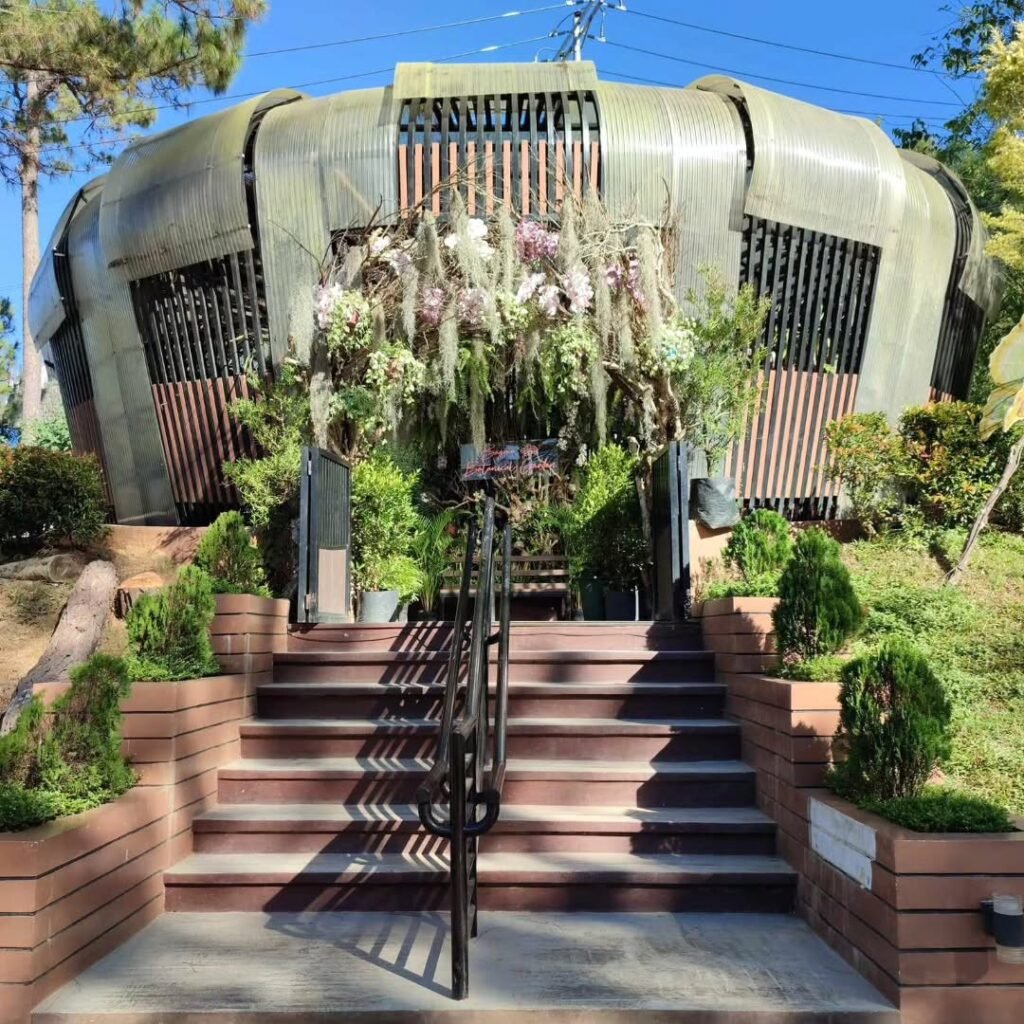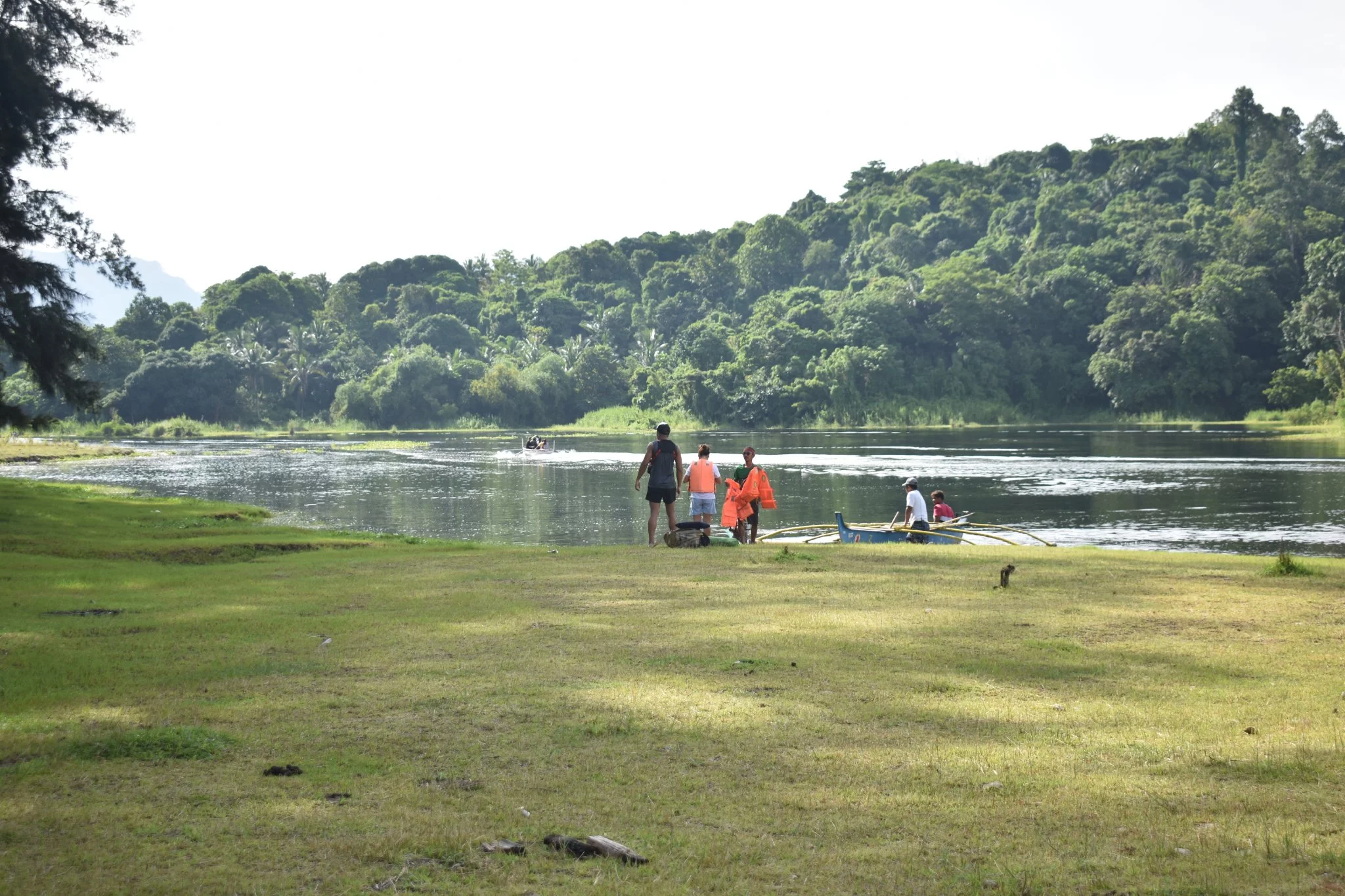
Introduction to Zambales
Zambales, a coastal province gently stretching along the western seaboard of Luzon, remains one of the Philippines’ most under-the-radar gems. Nestled between the Sierra Madre Mountains and the South China Sea, its terrain unfolds into a blend of pine-fringed beaches, rugged coves, and volcanic landscapes. This makes the region not only visually arresting but supremely accessible—just a few hours from Metro Manila, yet worlds apart in pace and experience.
Geographic Location and Zambales Map
Located roughly 120–240 km from Manila, the province spans several key municipalities—Olongapo in the south, Iba at its capital seat, and northern towns such as San Antonio, San Felipe, Botolan, and Cabangan. A glance at any Zambales map reveals its appealing layout: coastal highways meander northward, hugging the shoreline and connecting beach resorts in Zambales, surfing hubs, island coves, and mountain trails. With Subic Bay to the south and the Pinatubo country to the east, the area serves as a natural playground for every type of traveler.
Why It’s Ideal for Budget Travelers and Solo Adventurers
The region offers a unique blend of affordability, convenience, and natural diversity—everything a budget-conscious explorer looks for:
Accessible Transport: Regular buses run from Cubao to Zambales and other major terminals in Metro Manila. Routes to Subic, Iba, and San Felipe make travel simple, direct, and cost-efficient.
Affordable Accommodations: In places like Liwliwa Zambales and San Antonio Zambales, travelers can find surf camps, beachfront camping areas, or fan-room stays for as little as ₱800—or even ₱25 if you’re pitching a tent.
Diverse Experiences: Whether you’re surfing in Liwa Liwa Zambales, island hopping around Capones or Potipot, or hiking to Mt. Pinatubo’s crater lake, there’s plenty to do without draining your wallet. Cultural events like the Zambales Festival in April add flavor to your itinerary.
Solo-Friendly Atmosphere: The laid-back nature of beach towns and coves invites connection. Surf camps and group island tours make it easy to meet fellow travelers, while homestays and small inns often feel like home.
In short, this part of Luzon is budget-wise and soul-wise—offering expansive skies, sandy shores, and the freedom to explore at your own rhythm, whether you’re hammocking under the agoho trees or sharing beachside meals with new friends.
Table of Contents
A Glimpse into Zambales History and Culture
While today it’s a go-to for surfing, island hopping, and weekend beach escapes, this region has long been defined by far more than just sand and sea. Behind its relaxed coastal charm lies a rich narrative of indigenous resilience, colonial encounters, and a legacy of national pride.
Indigenous Roots and the Meaning Behind the Name
The name we know today originates from samba, a Malay word meaning “to worship.” Early Spanish explorers observed the ritual practices of local Negrito tribes and referred to them as “Sambali”—a label that eventually became the name of the province.
Among the oldest inhabitants are the Aeta communities, who still reside in the mountainous areas around Botolan Zambales and beyond. These groups maintain age-old traditions such as herbal healing, hunting with handmade tools, and spiritual ceremonies rooted in nature worship. Visitors may still see traces of these traditions during local gatherings and cultural events.
Colonial Rule and the Spanish Era
The region’s colonial history began in 1572 with the arrival of Spanish conquistador Juan de Salcedo. Initially integrated into La Pampanga, it later gained provincial autonomy under Spanish governance. Coastal towns such as San Antonio Zambales, Iba Zambales, and Subic Zambales were developed as key trade outposts and military strongholds. Today, old stone churches, colonial watchtowers, and remnants of Spanish-built infrastructure remain as architectural time capsules.
Modern Developments and Cultural Legacy
In more recent history, this province became the birthplace of Ramon Magsaysay, the seventh President of the Philippines. His ancestral home in Castillejos has been converted into a public museum that honors his simple lifestyle and deep-rooted connection to the local people.
After the departure of American forces, Subic Bay evolved from a strategic U.S. Naval Base into a dynamic freeport zone, drawing investment and tourism. Its transformation has helped boost regional development while preserving much of its natural beauty and heritage.
Today, the area proudly celebrates its identity through events like the Zambales Festival, where vibrant street dances, indigenous crafts, and culinary showcases shine. These festivals not only attract travelers but also reconnect communities to their ancestral traditions.
Whether you’re tracing the footsteps of ancient tribes or walking the halls of history through colonial ruins and presidential homes, this province offers a deeper narrative beyond the beaches. For curious travelers, the culture here is as rich and layered as its coastal landscapes.
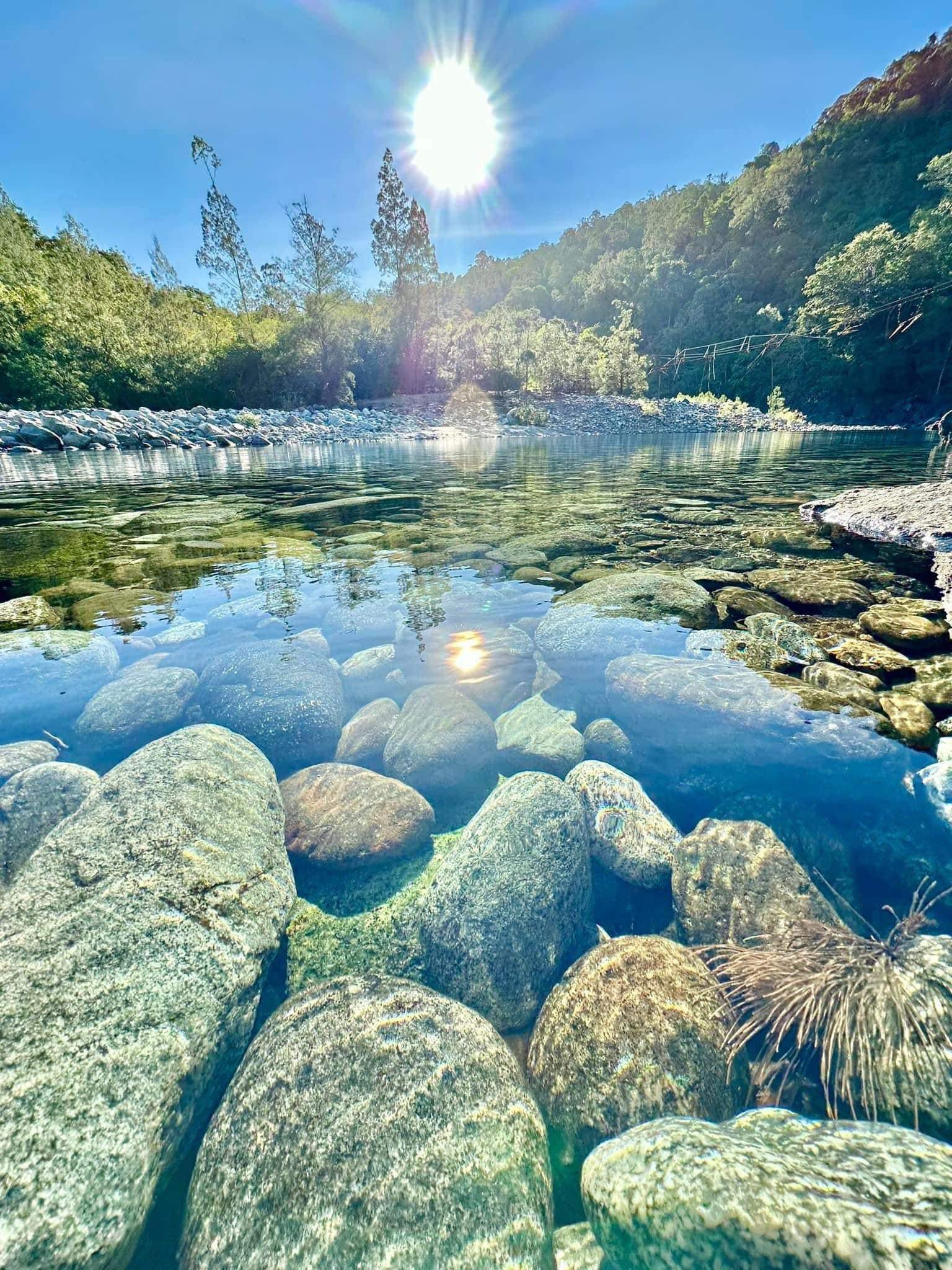
Best Time to Visit Zambales
Planning a trip to this scenic coastal province begins with understanding its weather patterns—because in a place that blends surfing spots, island escapes, and cultural fiestas, timing can truly elevate your travel experience. Whether you’re gearing up to ride waves in Liwliwa Zambales, celebrate traditions in Iba Zambales, or unwind at a peaceful Zambales beach resort, knowing when to go is key to making the most of your adventure.
Weather Overview and Seasonal Timing
This area follows a classic tropical monsoon climate, with two well-defined seasons:
Dry Season (November to April): Widely considered the best time to visit Zambales, this period is marked by clear skies, minimal rainfall, and ideal beach conditions. Activities like island hopping, camping in Anawangin Cove, and surfing along the west coast are at their peak. March through May coincides with summer vacation in the Philippines, which means popular areas may be more vibrant—but also more crowded.
Wet Season (May to October): Rain becomes more frequent during these months, which can limit outdoor plans like hiking to Mt. Pinatubo or boating to Potipot Island. However, this season offers a quieter travel experience and often comes with lower rates at many beach resorts in Zambales. For budget travelers, it’s an opportunity to enjoy the area without the crowds.
Festivals and Cultural Highlights
Travelers looking to immerse in local culture should align their visit with one of the region’s colorful celebrations:
Zambales Festival (Paynawen Festival in Iba Zambales): Held annually in April, this week-long event showcases everything from agro-tourism exhibits to tribal street dancing. It’s a vibrant expression of local pride, history, and talent—all in one festive package.
If you’re looking for the sweet spot that combines ideal weather with cultural experiences, April offers a near-perfect blend of sunshine, surf, and celebration.
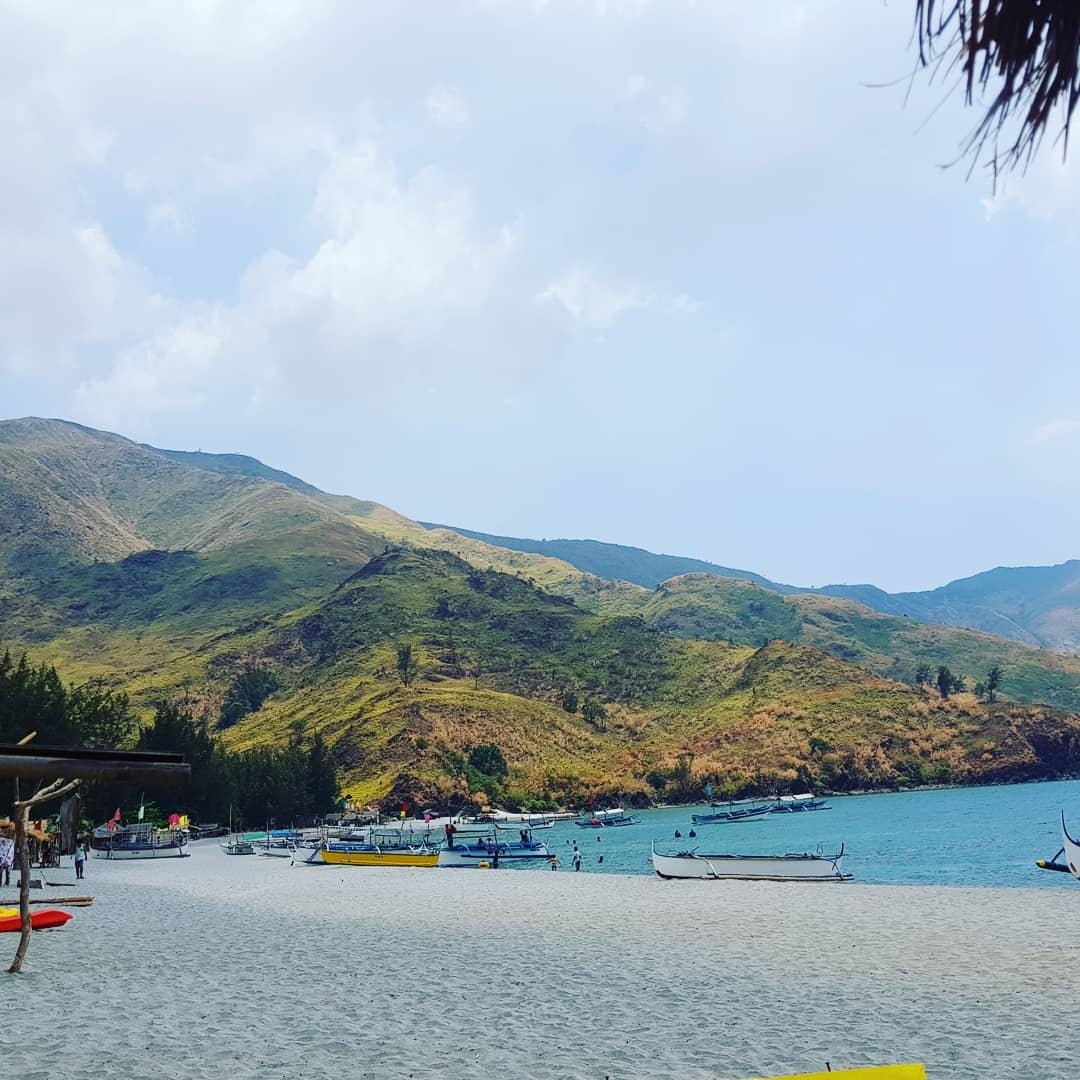
How to Go to Zambales
One of the many reasons Zambales is a favorite among budget and solo travelers is its accessibility. Whether you’re coming from Metro Manila or elsewhere in Luzon, getting to this sun-soaked destination is as easy as hopping on a bus or taking a road trip. Here’s a clear, step-by-step breakdown of how to reach this coastal paradise.
How Far Is Zambales from Manila?
The distance from Manila to Zambales varies depending on which town you’re heading to. The southern entry point, Subic Zambales, is approximately 120 kilometers away, while northern towns like Iba Zambales or San Antonio Zambales are about 210 to 240 kilometers from the capital.
How Many Hours from Manila to Zambales?
Manila to Subic Zambales: 2.5 to 3.5 hours
Manila to Iba Zambales: 5 .5 to 6.5 hours
Manila to San Antonio Zambales: 4.5 to 5.5 hours
Travel time depends on traffic and weather conditions, but early morning trips are typically faster.
From Cubao to Zambales
If you’re coming from Cubao to Zambales, the most convenient option is via Victory Liner or Five Star Bus. These bus lines operate frequent daily trips to major towns like Olongapo, Iba, and Santa Cruz. Buses leave every 30 to 60 minutes.
Fare: ₱350–₱400 (to Olongapo), ₱450–₱600 (to Iba or San Antonio)
Terminals: Cubao, Pasay, Caloocan
Transportation Options
By Bus (Most Budget-Friendly)
Victory Liner, Five Star, Cisco Bus
Routes to Olongapo, Iba, Santa Cruz, and more
By Private Car
Route: NLEX > SCTEX > Subic exit or Olongapo-Bugallon Road
Ideal for flexibility and scenic road trips
By Van or Carpool
Available in select terminals or through ride-hailing apps (to Subic/Olongapo only)
Whether you’re planning a weekend surf escape to Liwliwa Zambales or an extended beach crawl across the province, getting there is simple and straightforward.
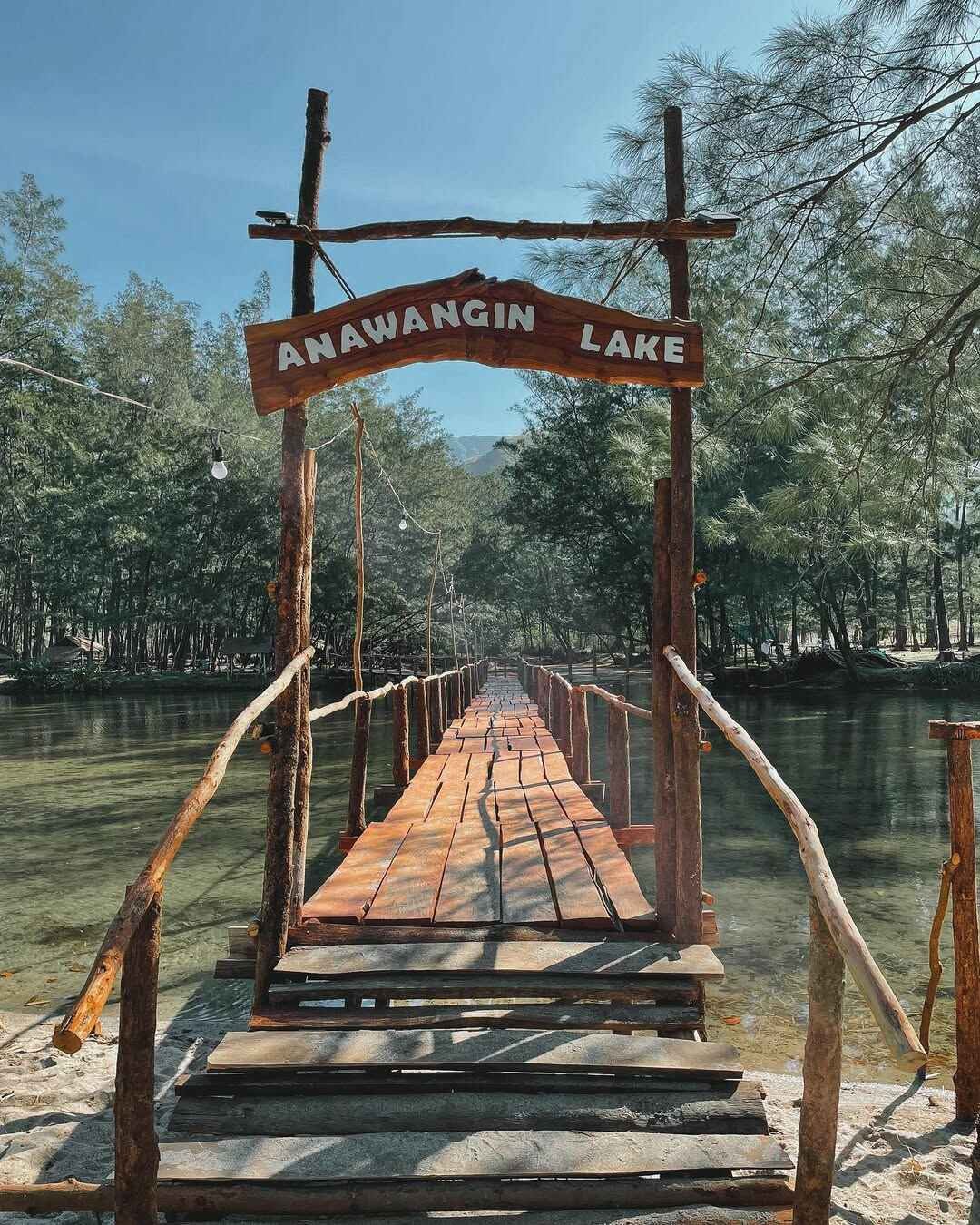
Getting Around Zambales Locally
Once you’ve arrived in this coastal province, moving from beach to town—or waterfall to surf break—calls for a bit of local know-how. Luckily, transport across the region is straightforward, affordable, and well-suited to the needs of budget travelers and solo backpackers.
Modes of Local Transportation
Tricycles
These three-wheeled motorcycles are the most common and flexible way to navigate local towns. Whether you’re heading from the main road to Liwliwa Zambales or hopping between markets and guesthouses, tricycles are reliable and widely available. Fares typically range from ₱30 to ₱100, depending on the route and location.Jeepneys
For inter-municipal travel, jeepneys are the go-to choice. They operate along the coastal highway and connect key areas like Iba, San Antonio, and San Felipe Zambales. A ride usually costs between ₱15 and ₱60. While affordable, jeepneys may have limited availability during early mornings and late evenings, so plan accordingly.Motorcycle Rentals (Habal-Habal)
In adventure hubs like San Antonio Zambales and Botolan Zambales, renting a motorbike is a popular option for travelers who prefer independence. Rental rates range from ₱300 to ₱500 per day. This is especially useful for reaching remote sites like inland waterfalls or less-developed coastlines.
Tips for Budget and Solo Travelers
Confirm tricycle fares before the ride—many towns don’t use meters, so prices can vary.
Keep small bills handy, especially in smaller barangays and roadside stops.
If renting a motorbike, inspect the condition of the brakes and tires. Not all rentals include helmets, so ask in advance.
Some areas may have limited transportation at night, so schedule trips earlier in the day.
Whether you’re catching a jeepney through the countryside or riding a motorbike toward your next Zambales beach resort, the journey itself becomes part of the experience. Getting around here is more than transit—it’s a scenic ride through coastlines, forests, and charming rural towns.

Top Tourist Spots in Zambales
From surfing shores to silent coves, this coastal province offers a wide range of experiences perfect for solo travelers and budget-conscious adventurers. Whether you’re chasing sunsets, riding waves, exploring volcanoes, or relaxing beneath agoho trees, each town offers its own unique charm. Below are the top destinations grouped by area—including some under-the-radar inland gems worth discovering.
Subic Zambales: Fun, Family, and Adventure
For first-time visitors, Subic Zambales strikes the perfect balance between outdoor thrills and urban comfort. As part of the Subic Bay Freeport Zone, the area is well-developed and packed with family-friendly attractions.
Inflatable Island – One of Asia’s largest floating playgrounds, ideal for kids and the young-at-heart. Day passes start at ₱799.
Zoobic Safari – A zoo-safari park where visitors can get up close with tigers, reptiles, and other exotic wildlife.
Ocean Adventure – A marine park offering dolphin and sea lion shows, and educational exhibits focused on ocean conservation.
Nearby beaches like Camayan and All Hands offer a peaceful place to relax after a day of activity, making this area a great hub for first-time explorers.
Iba Zambales: Festivals and Local Flavor
As the provincial capital, Iba Zambales blends culture, community, and coastal simplicity.
Iba Beach – A long stretch of gray-sand shoreline lined with open cottages and casual eateries—perfect for a low-cost beach day.
Paynawen Festival – Held every April, this week-long celebration includes parades, street dancing, agro-tourism exhibits, and showcases of indigenous culture.
Iba is also a convenient base for exploring nearby towns and offers direct transportation options to other parts of the province.
San Antonio Zambales: Coves and Island Adventures
Nature lovers flock to San Antonio Zambales for its famous coastal escapes, all reachable by boat from Pundaquit Beach.
Anawangin Cove – Known for its ash-colored volcanic sand and agoho trees. Popular for tent camping and sunset watching.
Nagsasa Cove – A quieter, wider alternative to Anawangin, ideal for overnight camping and stargazing.
Capones Island – Home to a historic lighthouse and rocky cliffs, a favorite among photographers and hikers.
Camara Island – A small rocky islet, perfect for short stops and swimming during island hopping tours.
Island tours from Pundaquit range from ₱1,500–₱2,000 per boat and can be shared among small groups.
San Felipe Zambales: Surfing in Liwliwa
San Felipe Zambales is home to the relaxed surf village of Liwliwa Zambales, one of the most beloved beach spots for free-spirited travelers.
Liwliwa Beach – Known for its consistent surf, bamboo-built hostels, and beachfront cafés. Surf lessons start at ₱300, and rentals are widely available.
The village vibe is welcoming and unhurried—perfect for travelers who value simplicity, sunsets, and hammocks over resorts and crowds.
Cabangan Zambales: Quiet Escapes and Mango Delights
A lesser-known destination with a quiet charm, Cabangan Zambales appeals to travelers seeking solitude and natural beauty.
Cabangan Beach – Unspoiled and peaceful, ideal for solo beach camping or long reflective walks along the shore.
Mango Farms – Famous for its sweet Philippine Carabao mangoes. Visit during summer for peak harvest and roadside fruit stands.
Botolan Zambales: Adventure and Wildlife Encounters
Nestled between mountains and sea, Botolan Zambales is a gateway to outdoor adventures and local conservation efforts.
Mt. Pinatubo – Accessible from Botolan, the crater lake trek includes a 4×4 ride and a scenic hike. Guided tours cost around ₱1,500–₱2,000.
Botolan Wildlife Farm – A small, privately-run sanctuary home to deer, civets, and exotic birds—great for families and eco-travelers.
Coto Mines and Mapanuepe Lake: Inland Treasures
If you’re seeking something off the usual beach path, the inland areas deliver breathtaking landscapes and a sense of discovery.
Coto Mines and Coto Falls – Located in Barangay Coto, this site features natural pools, waterfalls, and remnants of an old mining town. Ideal for camping and day treks.
Mapanuepe Lake – Formed after the Mt. Pinatubo eruption, this hauntingly beautiful lake in San Marcelino now covers a submerged town. Surrounded by pine trees, it’s perfect for kayaking, scenic photography, and rustic camping.
These hidden inland spots require some effort to reach, but the reward is a peaceful encounter with untouched nature.
Whether you’re surfing in Liwliwa Zambales, island hopping from San Antonio, hiking to crater lakes in Botolan, or indulging in mangoes under the summer sun in Cabangan Zambales, every town in the province offers its own flavor of adventure. With such a wide range of Zambales tourist spots, this destination is more than just a beach escape—it’s a place where nature, culture, and community converge.

Island Hopping Adventure in Zambales
For those craving tropical seclusion, the scent of sea breeze, and the thrill of uncovering hidden coastal treasures, this part of Luzon offers one of the most accessible yet underrated island-hopping routes in the country. With a mix of ash-laden coves, rugged rock formations, and serene white-sand beaches, it’s an ideal playground for both solo wanderers and budget groups.
Where to Start: Pundaquit Beach in San Antonio
The heart of most island-hopping tours is Pundaquit Beach, located in San Antonio Zambales. This scenic stretch not only offers a calm shoreline for pre-trip relaxation but also serves as the main jump-off point for exploring the nearby islands and coves.
Boat Rental Rates: Private boats good for 4–6 persons usually cost ₱1,500–₱2,500 for a full day, depending on stops and group size.
Solo Travel Tip: Join group tours via local hostels or resorts to split costs efficiently.
Most boats depart by mid-morning and return by late afternoon, offering enough time to enjoy multiple island stops.
Must-Visit Coves and Islands
Anawangin Cove
Arguably the most iconic destination, Anawangin Cove is known for its fine volcanic ash sand and forest of agoho trees—often mistaken for pines. The beach is undeveloped, making it perfect for back-to-basics camping and short nature hikes.
Activities: Camping, trail hiking, beach volleyball, photography
Tip: Overnight stays are allowed with a small environmental fee.
Nagsasa Cove
Quieter and more expansive than Anawangin, Nagsasa Cove is ideal for travelers who want a more tranquil experience. With its glassy waters and surrounding mountain views, it’s the go-to spot for nature lovers and long-exposure photographers.
Activities: Overnight camping, stargazing, kayaking, trekking
Vibe: Peaceful and less commercialized—ideal for digital detox.
Capones Island
Just a 15-minute ride from Pundaquit, Capones Island offers dramatic coastal cliffs, shallow reefs, and a crumbling yet charming Spanish-era lighthouse perched on a hill.
Activities: Short hikes, snorkeling, historical sightseeing
Note: There’s no infrastructure here—bring your own provisions.
Camara Island
The smallest and closest to shore, Camara Island features rock formations and a picturesque sandbar during low tide. While not suitable for camping, it’s a great stop for photos and a quick dip.
Activities: Swimming, wading, sunbathing
Duration: Best enjoyed as a short scenic stop.
Potipot Island (Candelaria)
Located farther north off Candelaria, Potipot Island is a postcard-worthy escape often compared to early-day Boracay. It boasts powdery white sand, minimal development, and calm, swimmable waters.
Access: 5–10 minutes by boat from Uacon Beach
Activities: Picnics, nature walks, relaxing on shaded beach hammocks
Fees: Expect a ₱100–₱150 entrance fee; camping is allowed.
Booking Tips for Island Hopping Tours
Book early during peak season (March to May) to ensure availability.
Bring cash—most local boat operators don’t accept digital payments.
Check for safety gear: Life vests should be included; always confirm.
Pack smart: Dry bags, drinking water, reef-safe sunblock, and light snacks are essential.
Island hopping in this region is more than just ticking off tourist spots—it’s about experiencing raw seascapes, hearing your own thoughts echo between cliffs, and finding serenity in the silence of uncrowded shores. Whether you’re starting from San Antonio Zambales or exploring as far as Potipot Island, each stop offers a story etched in sand, stone, and tide.
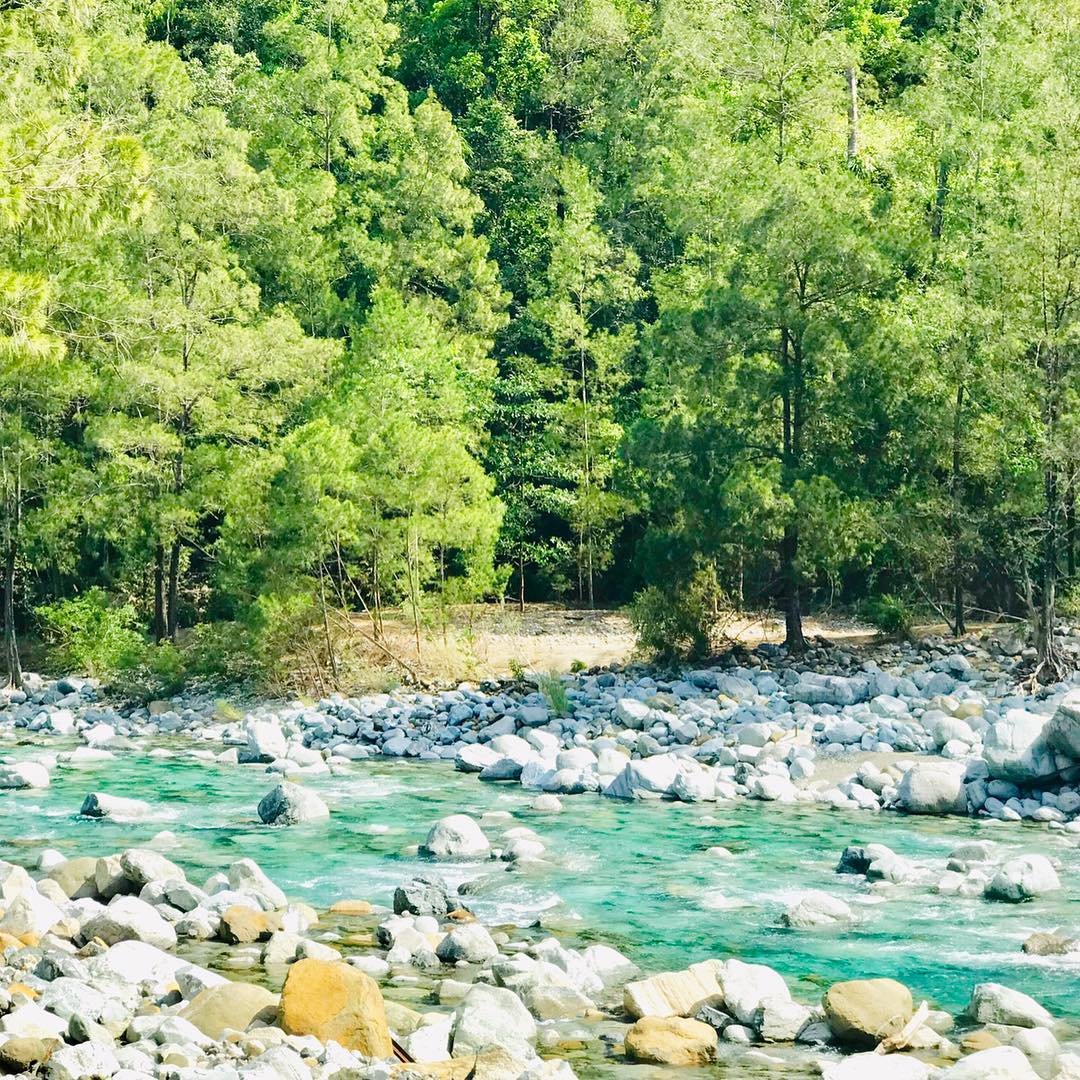
3 Days Itinerary for Zambales
If you’re short on time but craving a mix of sun, sea, and adventure, this carefully crafted 3-day itinerary offers the perfect way to explore some of Luzon’s most scenic spots. From inflatable water parks to surfing shores and island coves, this weekend trip is ideal for solo travelers and budget-friendly groups.
Day 1: Subic – Urban Fun Meets Beach Leisure
Start your journey with a comfortable 3-hour drive from Metro Manila to Subic. Choose a convenient stay near the Subic Bay Freeport Zone, where lodging options range from modest inns to beachfront resorts.
Morning: Head straight to Inflatable Island, one of Asia’s largest floating playgrounds. With colorful obstacle courses and chill spots for lounging, it’s great for energetic mornings.
Midday: After a splash-filled session, unwind at nearby beaches like Camayan or All Hands, known for their swimmable waters and clean shores.
Afternoon: Visit Zoobic Safari for a jeep ride through tiger territory or swing by Ocean Adventure for sea lion shows and marine education programs.
Evening: Cap the day with local dining—Meat Plus Café and Seorabeol are favorites for hearty meals under ₱500.
Day 2: San Antonio – Island Hopping Adventure
Set off early for San Antonio, roughly 1.5 hours from Subic. Once you reach Pundaquit Beach, arrange a boat tour to visit the region’s top coves and islands.
Stop 1: Anawangin Cove – Known for its ash-gray sand and agoho trees. Ideal for beach lounging, quick hikes, and quiet swims.
Stop 2: Capones Island – Visit the dramatic cliffs and climb up to the historic Spanish lighthouse for panoramic views.
Stop 3: Nagsasa Cove – A tranquil final stop with wider beaches and fewer visitors—perfect for stargazing or a post-lunch nap.
Return to Pundaquit by late afternoon. Budget-conscious travelers can camp by the beach or stay in affordable hostels around San Antonio.
Day 3: San Felipe / Botolan – Surf or Summit, Then Home
Before heading back to Manila, choose your flavor of adventure:
Option A: Surfing in Liwa Liwa
Only 30 minutes from San Antonio, Liwliwa is a relaxed coastal community ideal for solo travelers. Surfboard rentals go for ₱300–₱500 per hour, with lessons available at surf schools. Or simply sip a cold mango shake at a beachfront café and soak in the vibe.
Option B: Hike Mt. Pinatubo
For something more physically rewarding, go inland to Botolan for a 4×4 adventure and hike to Mt. Pinatubo’s crater lake. Tours usually begin at sunrise and wrap up by early afternoon. Expect costs between ₱1,500–₱2,000 per person.
Catch a bus from San Felipe or return to Subic for evening departure. You’ll likely be back in Manila by 8–9 PM.
Summary Table: 3-Day Zambales Itinerary
| Day | Destination | Activities |
|---|---|---|
| Day 1 | Subic | Inflatable Island, Zoobic Safari, Ocean Adventure, Camayan Beach |
| Day 2 | San Antonio | Island hopping to Anawangin, Capones, and Nagsasa Coves |
| Day 3 | Liwa Liwa / Botolan | Surfing in Liwa or hike Mt. Pinatubo, return to Manila |
This 3-day itinerary for Zambales is perfect for those who want to maximize adventure without sacrificing comfort or spending beyond their means. Whether you’re a solo backpacker or traveling with friends, it’s the kind of long weekend that leaves you sun-kissed, fulfilled, and already planning your next trip.
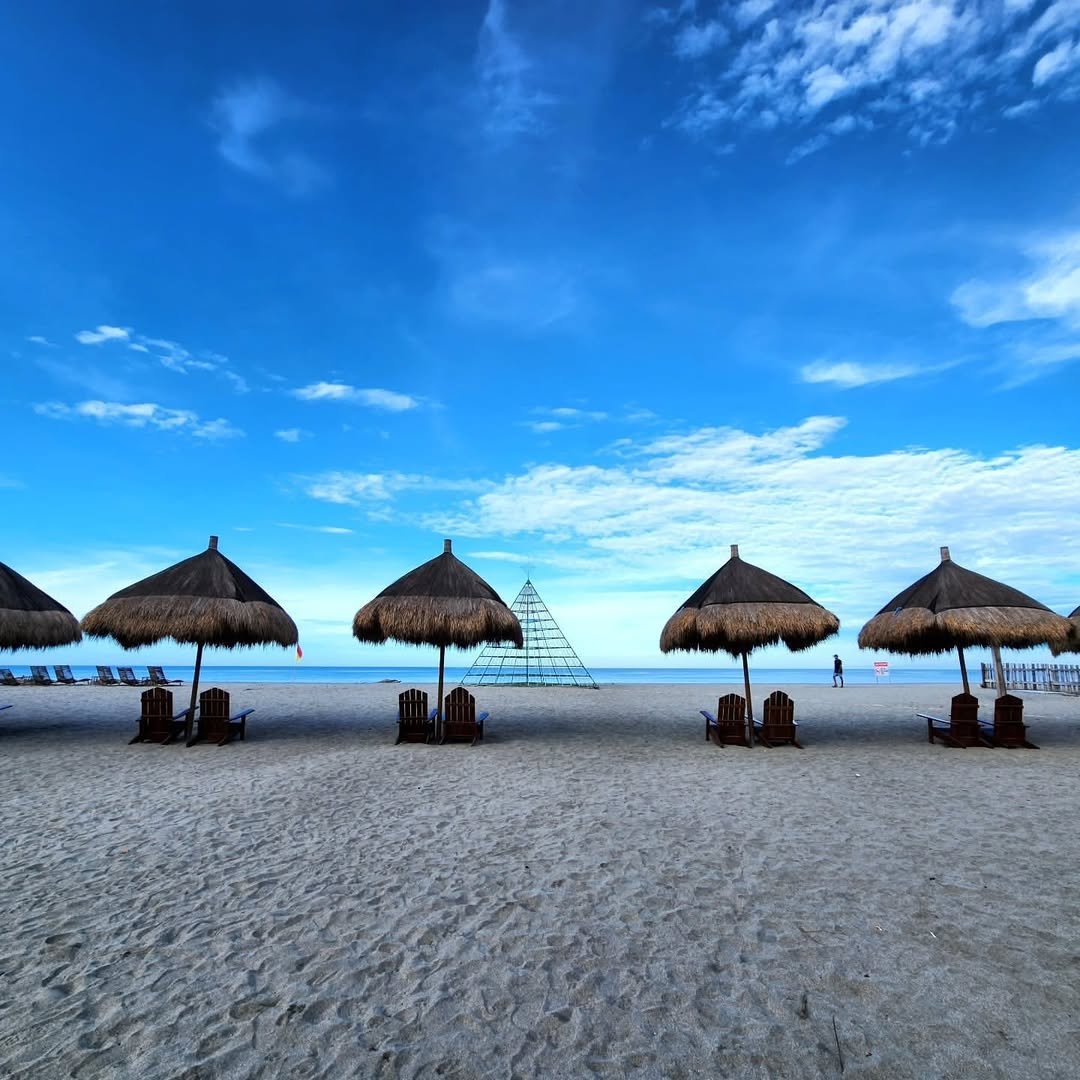
Where to Stay in Zambales: Best Accommodations
Whether you’re after the calm of crashing waves or the energy of surf town life, choosing where to stay in Zambales depends on your style and budget. This coastal region offers everything from minimalist hostels and hammocks under the stars to full-service resorts with beachfront views.
Mid-Range Picks: Comfort Meets Style
Crystal Beach Resort – San Narciso
Tucked along the coast, Crystal Beach is a favorite among couples, weekend warriors, and surf newbies. As one of the most well-known beach resorts in Zambales, it offers a mix of air-conditioned rooms and kubo-style cottages. Guests can book surf lessons, join yoga sessions, or unwind with acoustic beach gigs.
All Hands Beach Resort – Subic Zambales
A family-friendly option located inside the Freeport Zone, All Hands Beach offers clean shores, calm waters, and gated comfort. Spacious cabanas, full-service amenities, and nearby attractions like Ocean Adventure make it a reliable base for travelers who value convenience without sacrificing the beach vibe.
Zambales Beach Resort Options – Iba to Cabangan
While “Zambales beach resort” is a broad term, towns like Iba, Cabangan, and San Felipe have many locally run beachfront lodges offering simple but comfortable stays. Expect essentials like air-conditioning, beachfront views, and modest cafés. Rates range between ₱1,500 to ₱3,000 per night.
Budget-Friendly Stays: For the Adventurous Soul
Surf Camps – Liwa Liwa Zambales, San Felipe
If it’s good vibes and budget living you’re after, Liwliwa Zambales is the heart of the barefoot traveler scene. The Circle Hostel, HideOut, and Kwentong Dagat are staples for budget backpackers. Accommodations range from bunk beds to hammocks, with shared bamboo showers and fire pits encouraging a sense of community.
Guesthouses and Beach Camps – San Antonio Zambales
For those heading to Anawangin or Nagsasa, San Antonio Zambales offers easy access and local warmth. Guesthouses near Pundaquit provide basic fan rooms (₱600–₱800) or tent rentals (as low as ₱300) for campers. These are perfect for travelers doing island-hopping tours on a shoestring.
With options as diverse as its beaches, where to stay in Zambales depends on whether you prefer a hammock under agoho trees or a suite with air-con and room service. Either way, the views—and the value—are unbeatable.

Where to Eat in Zambales
After a full day of surfing, hiking, or island hopping, nothing beats the reward of a well-earned local meal. While the province may not be famous for fine dining, its food scene serves honest, flavorful fare that’s easy on the wallet—perfect for budget-conscious travelers and solo foodies.
Local Eateries Worth Trying
Iba Zambales
The provincial capital offers an authentic taste of Filipino comfort food. Along the main road, carinderias and ihaw-ihaw stalls serve hearty silog meals (like tapsilog and tocilog) for ₱60–₱100. Fresh seafood is also a highlight—grilled bangus and sinigang na hipon are local favorites, especially near the public market.
San Felipe Zambales
In the surfer’s paradise of Liwliwa, dining takes a laid-back, beachside twist. Cafés like Kwentong Dagat, Kapitan’s Liwa, and Mommy Phoebe’s offer rice bowls, vegan dishes, and icy fruit shakes for under ₱200. Don’t miss their signature halo-halo or a mango graham dessert after your surf session.
Olongapo (Subic Area)
For those near Subic, the Freeport Zone features more diverse dining choices. Popular spots include Meat Plus Café for steaks and Coco Lime for Filipino comfort dishes like kare-kare and crispy sisig—all at mid-range prices.
Must-Try Specialties
Carabao mango-based desserts – Enjoy local mango float, shakes, or sweet pastillas from roadside stalls or beach cafés.
Fresh seafood – Best grilled or served in sour broths, found in most beach towns and coastal eateries.
Zambales may be known for waves and coves, but its local food quietly impresses—one delicious, affordable bite at a time.
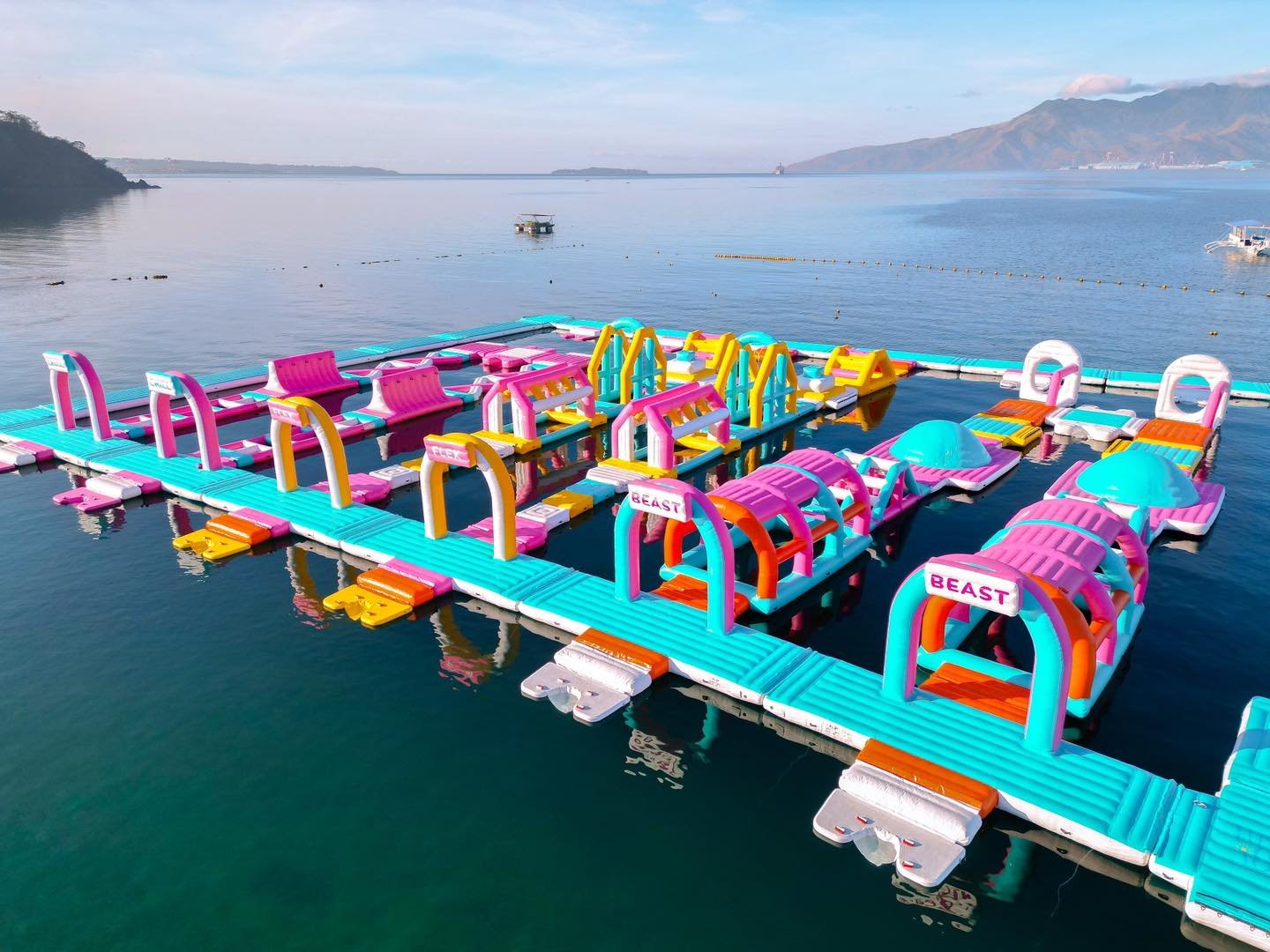
Beaches and Resorts: Relaxation and Fun in Zambales
With over 170 kilometers of pristine coastline, this province offers some of the most varied beach experiences in Luzon. From rugged coves hidden behind cliffs to surf towns lined with bamboo huts and bonfires, there’s a stretch of sand here to match every traveler’s vibe—be it thrill-seeking or soul-searching.
Top Beach Resort Options: Mid-Range and Budget Picks
Mid-Range Picks
Crystal Beach Resort – San Narciso
A leading beach resort in Zambales, Crystal Beach combines surf culture with comfort. Guests can stay in stylish kubos or full-service rooms, take surf lessons, or unwind with weekend acoustic sessions. The crowd is a mix of families, couples, and Manila-based creatives seeking sun and salt.
All Hands Beach Resort – Subic
Inside the Subic Freeport Zone, this family-friendly destination offers calm waters, clean cottages, and convenient access to attractions like Ocean Adventure. Its quiet, orderly vibe makes it great for travelers with kids or those who want a more relaxed coastal base.
Budget Picks
Surf Camps in Liwliwa Zambales – San Felipe
For budget travelers, Liwliwa Zambales delivers a bohemian haven. Surf camps like The Circle Hostel, HideOut, and Kwentong Dagat offer dorm beds, fan rooms, and hammock rentals—all with communal kitchens and that laid-back Liwa vibe.
Pundaquit Beach – San Antonio
Simple beachfront inns dot this fishing village, a popular jump-off for island-hopping tours to Anawangin and Capones. Rooms are basic but sufficient for a pre- or post-adventure stay.
Must-Visit Beaches Along the Coast
Liwliwa Beach – Known for surf waves and seaside cafés.
Anawangin Cove – Boat-only access, agoho trees, and dramatic landscapes.
Nagsasa Cove – More space, fewer crowds, and an ideal camping spot.
Camayan Beach (Subic) – Calm waters and family-friendly.
Cabangan Beach – Off-grid charm and peaceful scenery.
Tips for a Safe and Memorable Trip
Always check local weather reports before traveling, especially during the wet season.
Bring sufficient cash; remote beaches have limited or no access to ATMs.
Observe Leave No Trace principles—especially on Aeta ancestral lands.
Use reef-safe sunscreen and pack light if you’re camping.
Don’t forget your power bank, flashlight, and water for cove trips.
From high-energy surf camps to tranquil island bays, the beaches here invite both play and pause. Each visit brings a new shoreline, a new story—and a new reason to return.
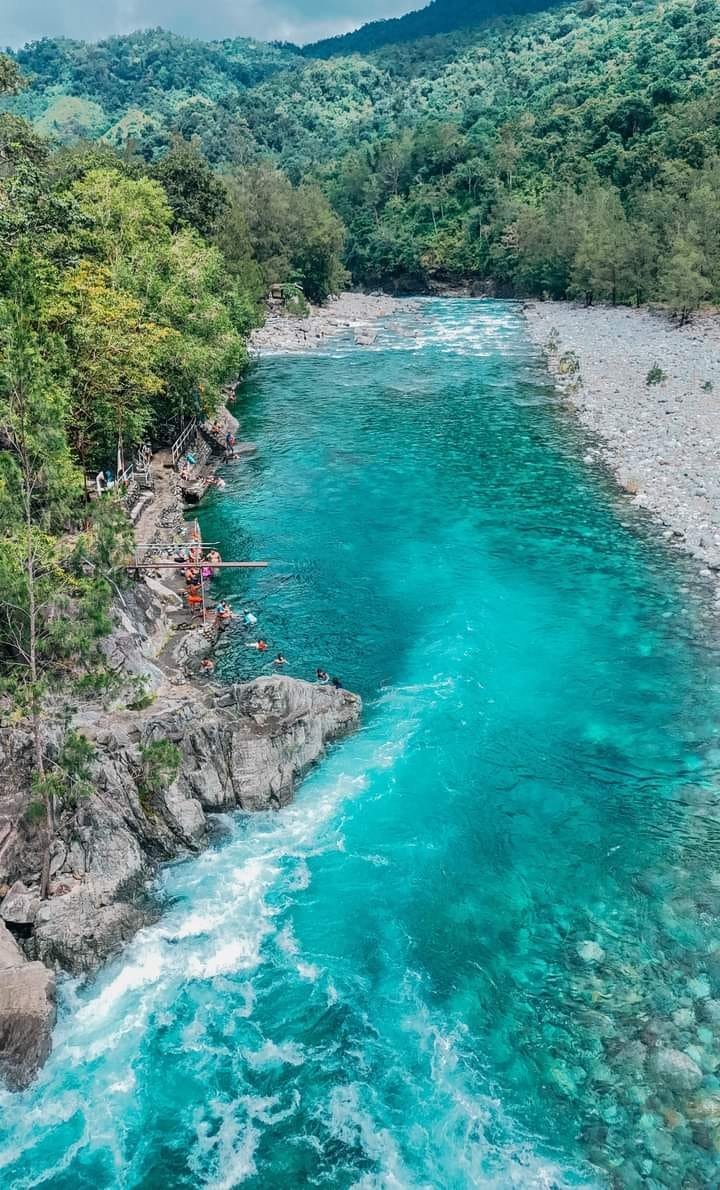
Activities and Adventures: What to Do in Zambales
This coastal province isn’t just about lazing on the beach—there’s an entire world of adventure waiting to be explored. From catching your first wave in Liwa Liwa Zambales to standing at the rim of a volcanic crater, the activities here are as diverse as the scenery. Whether you’re a solo backpacker or traveling with friends, there’s no shortage of things to do.
Surfing: Ride the Waves in Liwa Liwa and San Narciso
Liwa Liwa Zambales, nestled in San Felipe, is known for its consistent beach breaks and friendly local surf culture. It’s a go-to spot for both beginners and advanced riders. Surfboard rentals cost ₱300–₱500 per hour, and most surf hostels can arrange lessons with resident instructors. The atmosphere here is slow-paced, creative, and community-driven—perfect for solo travelers and digital nomads.
Just south in San Narciso, the shoreline near Crystal Beach Resort offers mellow waves, especially during the northeast monsoon (Amihan season). It’s less crowded than more mainstream surf destinations but equally rewarding for wave-chasers.
Hiking and Trekking: From Crater Lakes to Cloud Forests
Mt. Pinatubo – One of the most famous hikes in Luzon, this adventure starts with a 4×4 ride across lahar fields, followed by a two-hour trek to a stunning crater lake. Tours from Botolan Zambales are organized daily, typically priced at ₱1,500–₱2,000, inclusive of guides, permits, and transportation.
Mt. Tapulao– The highest peak in the region, Mt. Tapulao offers a grueling 10–12 hour round-trip hike through multiple ecosystems. The trail begins in Palauig and is best suited for experienced hikers looking to push their limits.
Wildlife and Eco-Tourism: Discover the Province’s Wild Side
Botolan Wildlife Farm is a lesser-known but enriching destination for nature lovers. This private sanctuary houses deer, civets, peacocks, and other native species in a lush, forested setting. It’s a calm retreat that doubles as an educational stop.
Mangrove Eco-Tours – In coastal towns like Masinloc and Palauig, guided tours through sprawling mangrove forests introduce visitors to marine biodiversity and community-led conservation projects. Bamboo raft rides and kayaking through mangrove tunnels offer a peaceful contrast to beachside excitement.
Cultural Immersion: Dance, Drum, and Celebrate
Cultural festivities remain an integral part of local life. The Zambales Festival, also called the Paynawen Festival in Iba Zambales, brings communities together every April for a celebration of heritage. Expect street parades, folk dances, agro-tourism exhibits, and local delicacies on full display.
Whether you’re surfing in Liwa, hiking the slopes of Mt. Pinatubo, or exploring wildlife habitats and mangrove estuaries, these experiences redefine what it means to travel with purpose and excitement. It’s not just about where you go—but what you do when you get there.
Conclusion: Why Zambales Should Be Your Next Destination
Few destinations combine natural beauty, cultural richness, and accessibility quite like this coastal province. From the surfing shores of Liwliwa Zambales to the dramatic crater lake of Mt. Pinatubo, each experience offers something unique—especially for budget travelers and solo adventurers. Whether you’re island hopping from San Antonio Zambales or stargazing in a quiet cove, every journey here feels both personal and profound.
Accommodations range from hammock-lined surf camps to mid-range beachfront resorts like Crystal Beach and All Hands, offering something for every kind of traveler. Transportation is straightforward, local meals are hearty and affordable, and the pace of life encourages a slower, more intentional kind of travel.
Beyond the landscapes, it’s the people and their stories that leave a lasting impression. Cultural celebrations such as the Zambales Festival bring age-old traditions to life, while every local interaction offers a warm welcome.
Whether you’re chasing waves, history, or simply a place to unwind, this destination rewards curiosity and spontaneity in equal measure. So rather than ask where to go here—perhaps it’s better to ask, what are you waiting for? The adventure starts the moment you arrive.


